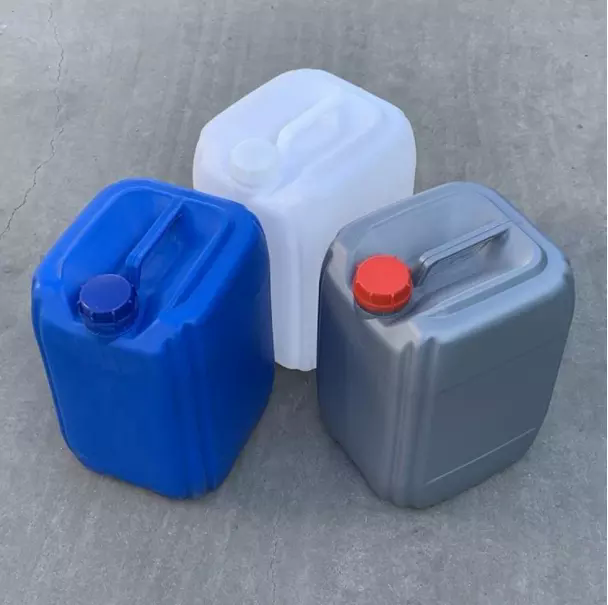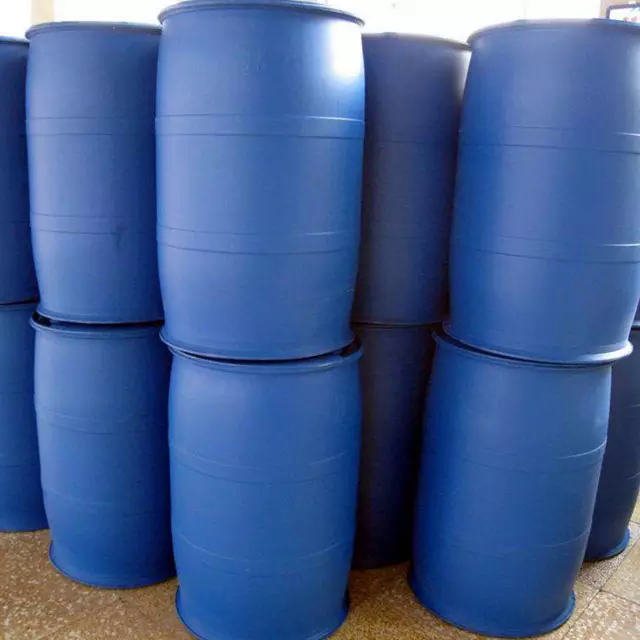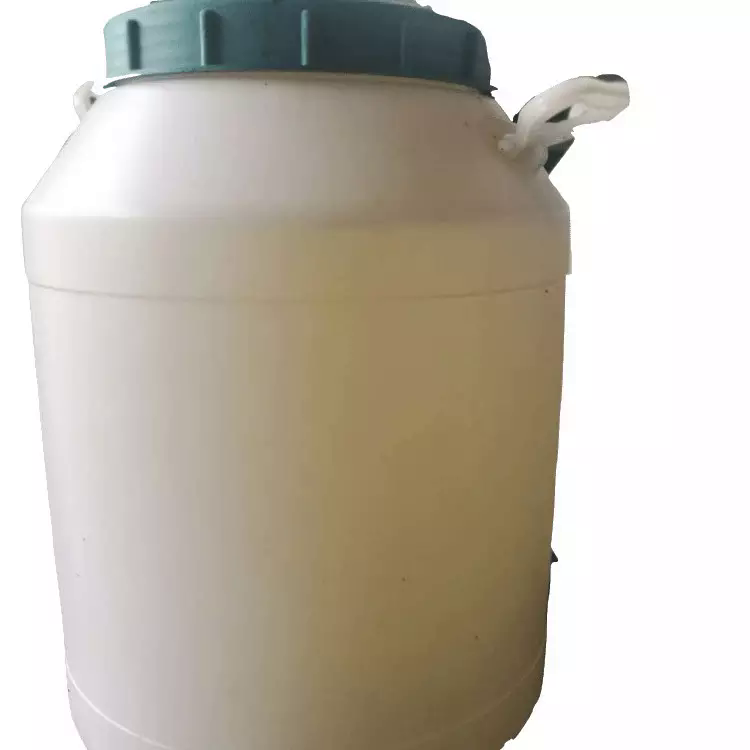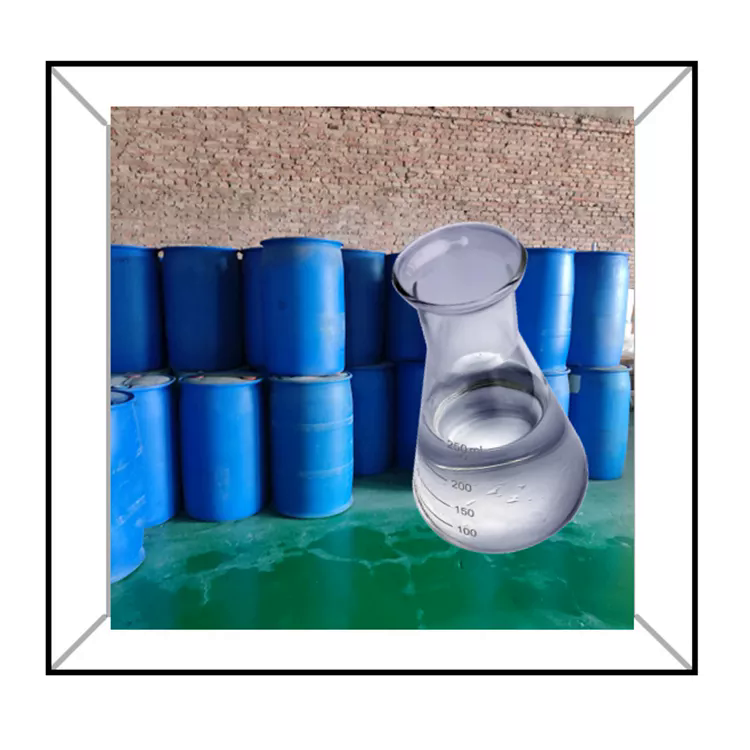Tea tree oil
Synonym(s):Melaleuca alternifolia;Melaleuca alternifolia oil;Melasol;Tea tree oil
- CAS NO.:68647-73-4
- Empirical Formula: Null
- Molecular Weight: 0
- MDL number: MFCD00132409
- EINECS: 232-293-8
- Update Date: 2024-12-18 14:08:57
What is Tea tree oil?
Description
Tea tree oil is an oil from distilled leaves of Melaleuca alternifolia. Pale yellowish green oil of a warm spicy aromatic terpenic odor. Common allergens present are D-limonene, -terpinene and aromadendrene. It is used as antiseptic; remedy for various skin and nail conditions; in household products like cleansers, laundry agents, and fabric softeners; some perfumery uses (herbal; nutmeg; mint; pine)
Chemical properties
Tea tree oil is obtained by steam distillation of leaves and twig tips ofMelaleuca
alternifolia Maiden & Betche ex Cheel and other Melaleuca species (Myrtaceae),
which are trees growing in Australia and Asia. It is a pale to light yellow liquid with
an earthy, spicy odor.
d2020 0.885–0.906; n20D 1.4750–1.4820; α20D +5 ° to +15 °; solubility: 1 vol in max.
2 vol of 85% ethanol; GC content: cineole max. 15%, 1-terpinen-4-ol 30–48%.
Additionalmain components besides 1-terpinen-4-ol are γ-terpinene (10–28%)
and α-terpinene (5–13%).
Australia produces 200–300 t/yr, China 50–100 t/yr.
Tea tree oil is used in perfumery for creating certain nuances and for earthy
notes. Due to its well-known antiseptic (antibacterial, antifungal) properties, it is
used as an active ingredient in many cosmetic preparations.
Chemical properties
M. alternifolia (Maiden and Betche) Cheel is an evergreen Australian native tree species commonly referred to as a “paperbark” or “tea tree.” Its distribution range extends throughout northern NSW into southern Queensland. Tea tree commonly inhabits at permanent watercourses, swamp flats and springs. It is the major source of Australian tea tree oil, an economically significant, commercial product with unique antimicrobial and organoleptic properties. Long established as an antimicrobial/disinfectant, M. alternifolia oil has warm, spicy characteristics making it a desirable flavoring agent.
Occurrence
Tea tree is found in Australia.
The Uses of Tea tree oil
tea tree oil (Melaleuca alternifolia)(Australian tea tree oil) is considered a natural preservative with anti-septic, germicidal, and expectorant properties. Its anti-microbial activity toward a wide array of bacteria allows it to promote healing. It is becoming recognized as a topical remedy for yeast, fungus, and skin disorders and infections. Tea tree oil exhibits positive benefits against seborrhea, psoriasis (reduces scaling and redness), eczema (stops itching and reduces redness), and dermatitis. It has been used by Australian Aborigines to treat cuts, wounds, and skin infections, and by european explorers as an herbal tea. This oil’s ability to dissolve pus without causing visible or apparent damage to the skin’s surface was noted by doctors when using it to clean the surface of infected wounds. It is also ideal for aromatherapy, given its low toxicity. Although effectively used on almost any skin type, except sensitive or couperose skins, it is particularly beneficial to acne, problem, and/or congested skins. Tea tree oil is obtained from distilling the tree’s leaves to produce a pale yellow to colorless oil that has a camphor-like scent similar to eucalyptus. Studies indicate it to be nontoxic with negligible to no irritancy.
The Uses of Tea tree oil
Flavoring and antiseptic agent in personal hygiene items such as toothpaste; as a cosmeceutical.
Definition
Extractives and their physically modified derivatives. Melaleuca alternifolia, Myrtaceae.
Properties of Tea tree oil
| Boiling point: | 165 °C(lit.) |
| alpha | D +6°48 to +9°48 |
| Density | 0.878 g/mL at 25 °C(lit.) |
| refractive index | n |
| FEMA | 3902 | TEA TREE OIL |
| Flash point: | 147 °F |
| storage temp. | 2-8°C |
| form | liquid |
| color | Colorless to light yellow |
| Odor | at 100.00 %. citrus spicy terpenic nutmeg pine |
| optical activity | [α]20/D +9.4°, neat |
| Merck | 13,9175 |
| EPA Substance Registry System | Tea tree oil (68647-73-4) |
Safety information for Tea tree oil
| Signal word | Warning |
| Pictogram(s) |
 Exclamation Mark Irritant GHS07 |
| GHS Hazard Statements |
H302:Acute toxicity,oral |
| Precautionary Statement Codes |
P264:Wash hands thoroughly after handling. P264:Wash skin thouroughly after handling. P270:Do not eat, drink or smoke when using this product. P301+P312:IF SWALLOWED: call a POISON CENTER or doctor/physician IF you feel unwell. P501:Dispose of contents/container to..… |
Computed Descriptors for Tea tree oil
Tea tree oil manufacturer
Neeru Menthol Pvt Ltd
HRV Global Life Sciences
Aamirav Ingredients And Specialties Pvt Ltd
Norex Flavours Private Limited
New Products
(S)-3-Aminobutanenitrile hydrochloride 4-Methylphenylacetic acid N-Boc-D-alaninol N-BOC-D/L-ALANINOL Tert-butyl bis(2-chloroethyl)carbamate N-octanoyl benzotriazole 3-Morpholino-1-(4-nitrophenyl)-5,6-dihydropyridin- 2(1H)-one Furan-2,5-Dicarboxylic Acid S-2-CHLORO PROPIONIC ACID ETHYL ISOCYANOACETATE 2-Bromo-1,3-Bis(Dimethylamino)Trimethinium Hexafluorophosphate 4-IODO BENZOIC ACID 3-NITRO-2-METHYL ANILINE 1-(2,4-DICHLOROPHENYL) ETHANAMINE (2-Hydroxyphenyl)acetonitrile 4-Bromopyrazole 5,6-Dimethoxyindanone 2-(Cyanocyclohexyl)acetic acid 4-methoxy-3,5-dinitropyridine 1-(4-(aminomethyl)benzyl)urea hydrochloride 2-aminopropyl benzoate hydrochloride diethyl 2-(2-((tertbutoxycarbonyl)amino) ethyl)malonate tert-butyl 4- (ureidomethyl)benzylcarbamate Ethyl-2-chloro((4-methoxyphenyl)hydrazono)acetateRelated products of tetrahydrofuran








You may like
-
 68647-73-4 Tea Tree Oil 98%View Details
68647-73-4 Tea Tree Oil 98%View Details
68647-73-4 -
 68647-73-4 98%View Details
68647-73-4 98%View Details
68647-73-4 -
 68647-73-4 98%View Details
68647-73-4 98%View Details
68647-73-4 -
 Tea Tree Oil 98%View Details
Tea Tree Oil 98%View Details
68647-73-4 -
 Tea Tree Oil 68647-73-4 99%View Details
Tea Tree Oil 68647-73-4 99%View Details
68647-73-4 -
 Tea Tree Oil 68647-73-4 98%View Details
Tea Tree Oil 68647-73-4 98%View Details
68647-73-4 -
 Tea tree oil CAS 68647-73-4View Details
Tea tree oil CAS 68647-73-4View Details
68647-73-4 -
 Tea tree oil CAS 68647-73-4View Details
Tea tree oil CAS 68647-73-4View Details
68647-73-4